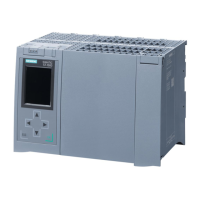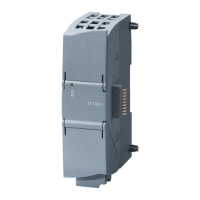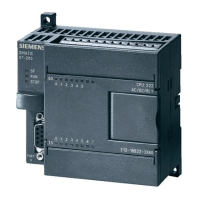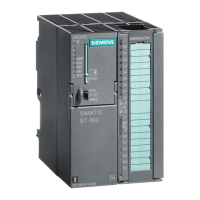Cyclic interrupt
You will find further information in the glossary entry "Interrupt, cyclic".
Data block
Data blocks (DBs) are data areas in the user program that contain user data. Available data
blocks:
•
Global data blocks that you can access from all code blocks.
•
Instance data blocks that are assigned to a specific FB call.
Device
A device can send, receive or amplify data via the bus, e.g. IO device via PROFINET IO.
Device names
Each IO device must have a unique device name. This is required to allow the IO controller to
communicate with an IO device. Advantage: Device names are easier to manage than
complex IP addresses.
In its delivery state, an IO device has no device name. A device name must be assigned using
the PG/PC before an IO device can be addressed by an IO controller. Example: For
transmission of the configuration data (e.g. the IP address) during startup or for exchanging
user data in cyclic mode.
Diagnostics
Monitoring functions include:
•
Detection, localization and classification of errors, faults and alarms.
•
Display and further evaluation of errors, faults and alarms.
They run automatically while the system is in operation. This increases the availability of
systems by reducing commissioning times and downtimes.
Diagnostics buffer
The diagnostics buffer is a battery-backed memory area in the CPU where diagnostics events
are stored in their order of occurrence.
Diagnostics interrupt
You will find further information in the glossary entry "Interrupt, diagnostics".
Distributed I/O system
System with I/O modules that are configured on a distributed basis, at a large distance from
the CPU controlling them.
DNA redundancy
DNA redundancy is the use of redundant Dual Network Access (DNA) to connect a network
with two decoupled networks. Two Y-switches are used for this purpose, a DNA manager and
a DNA client.
S7-1500R/H redundant system
System Manual, 11/2022, A5E41814787-AD
377
Glossary

